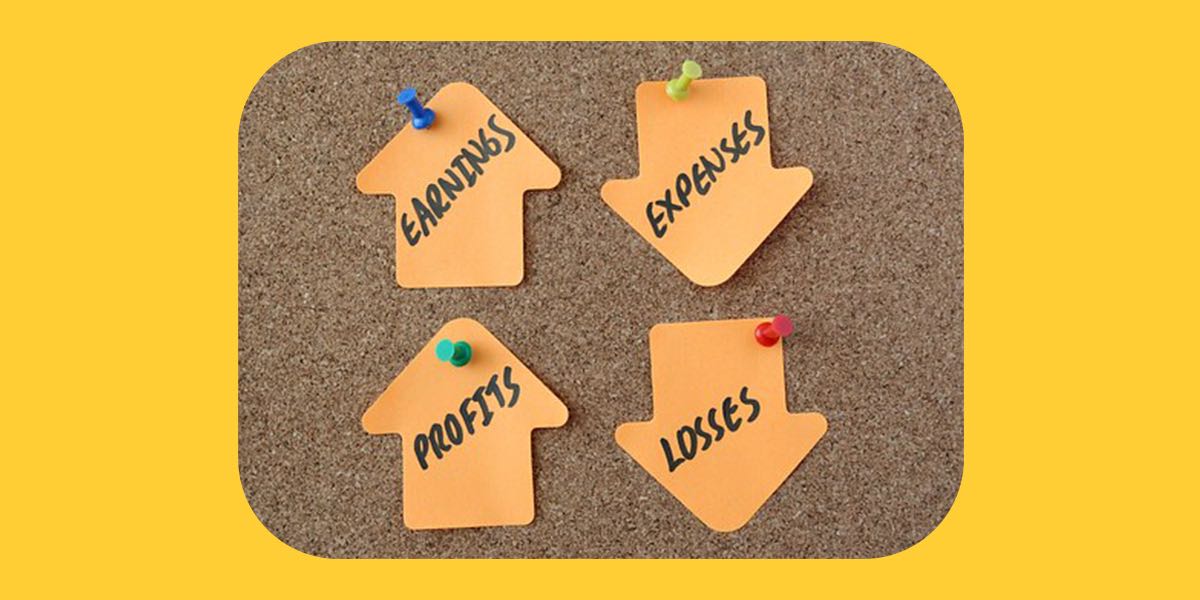Recently I was having a discussion with a friend in his mid-20’s who is working two jobs and in a very good position of low expenses and high income to maximize his debt payoff. We were discussing his opportunity to pay down his large student debt during this period and he went on to mention that he is focusing his efforts on paying off his car. I assumed it was a high interest loan and mentioned if that was why he was focusing his efforts on the auto loan specifically. The response was catastrophic. His auto loan was still in the no-interest phase!
By not prioritizing your debt payments you are essentially losing free money and spending hard earned money! Every person’s situation is different and priorities can vary, but you must always be mindful of the benefits behind effectively allocating your money toward debt payments and saving. With the vast majority of post-college professionals holding some form of debt and delaying saving, it is time to return to the financial basics.
Prioritizing
For some, prioritizing high interest bearing debt may be second nature, but to many, their education did not address personal finance and they fell into what may be one of the largest flaws in our education system. Is it boring talking about debt and interest? Definitely yes! But that does not make the impact of prioritizing a healthy financial life any less rewarding.
Here is a brief look at what financial prioritizing should look like:
- High interest debt (credit card debt, loans with interest above 8%, etc.)
- High interest student loans
- Low interest student loans
- Participating in employer match retirement plans
- Building emergency savings of 3-6 months of income (should vary dependent on job security)
- Saving/investing for future purchases (down payment on a home, car, travel)
When it comes to credit card debt, the best way to combat rising interest rates is to pay off your balances entirely. Even if it takes time, every cent of debt you can pay off reduces your interest fees.
Just making more money doesn’t solve debt problems. In fact, according to studies, debt loads increase as income does; therefore, annual interest payments are larger. Higher-income earners are able to access higher credit limits more easily, giving them more room to rack up big balances. Low-income earners, on the other hand, don’t have access to a lot of credit limiting the amount of debt they are able to accrue. However, if you focus your payments on your high interest bearing debts, set other debt at the minimal payment, take advantage of your employer plan match, and let Dave Ramsey’s “Snowball Effect” do the rest, anyone can get out of debt in due time.
RELATED: Back to Basics: Investing vs. Debt Payment
If possible, it is best to consult with a financial professional to help you determine the best course of action for your priorities, but there is also a wealth of information available online, so make sure you do your research!
Philip Tull recently received his Master of Financial Planning from Kansas State University, and will soon sit for the CFP® exam. He is a skilled soccer player and coach, an avid snowboarder, and a fearless fisherman. One of his goals is to make sure his Millennial peers don’t spend the rest of their lives living in basements – whether real or proverbial.
This blog article is provided for general information only, and nothing contained in the material constitutes a recommendation for purchase or sale of any security, or investment advisory services. Reproduction of this material is prohibited, and all rights are reserved. Read the full Disclosure.
